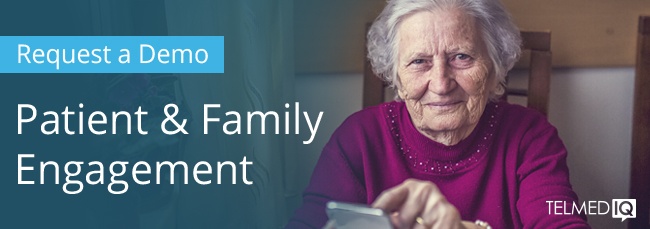Traditional communication channels such as telephone calls, emails, and voice mails take a lot of people power and are becoming less and less effective. As a result, highly skilled clinicians spend a significant amount of time making phone calls to help prepare patients for their healthcare encounters, particularly diagnostic and surgical procedures.
In this post, we will explore how insight-driven patient engagement communication can automate and streamline preparation and intake processes, providing a cost-effective solution to improve patient outcomes.
Patient Preparation
Many patients have trouble keeping track of their medications without the added complexity of altering their standard regimen to prepare for an upcoming healthcare encounter. Compliance with preoperative instructions for procedures is often suboptimal, with patients missing or incorrectly following one or more preoperative care measures. As a result of this poor compliance, appointments may be delayed or canceled or patient outcomes impacted, having a negative impact on hospital costs and patient satisfaction.
Up to 25% of major ambulatory surgical cancellations are due to poor compliance with patient preparation instructions.1
In a study of 826 colectomy patients, only 46% complied with all pre-operative care measures, which included instructions on skin preparation and oral antibiotics. As a result, 16% of non-compliant groups experienced a surgical site infection (SSI) compared to 5% for the full compliance group.2
To improve care outcomes proactive healthcare organizations are leveraging patient engagement strategies to improve compliance with pre-appointment care instructions. While patients may have received preparation instructions weeks in advance, a protocol-driven system automatically sends patients reminders when and where they are needed.
Pre-appointment communications are proven to improve outcomes and reduce no-shows, including:
- Care instructions - reminders to fill prescriptions, take medications, begin fasting, or demonstrate site preparation sent via text message with links for further detailed instructions. For example, “light meals only” can be clarified with a link to approved foods and quantities.
- Appointment reminders – automated reminders of the date, time, and location of an upcoming visit, including the option to reschedule if needed
- Wayfinding – detailed wayfinding instructions, including parking information and location maps.
- SDOH Support - Leveraging social determinants of health (SDOH) data, reminders can include coupons for transportation to reduce no-shows
Texting patients increases the likelihood that your message will be received and read promptly: the majority of texts are read within minutes. Leveraging a sophisticated platform, you can build on the success of text messaging with a platform that automates communication workflows, reducing administrative tasks. Unlike other messaging systems, Telmediq’s patient engagement platform allows nurses to monitor responses and escalate with two-way communication, secure chat, or phone call.
Use Case
Hennepin Health, in partnership with Lyft, recently targeted patients with a history of clinic no-shows, allowing them access to a corporate Lyft account to get patients to their appointments. At the end of the 12-month trial period, no-show rates decreased an aggregate 27%, increased clinic revenue by $270,000, and delivered an ROI of 297%.3
Patient Intake
Patient intake has traditionally required patients to check-in upon arrival at the clinic and complete lengthy forms, which are then transcribed into the EHR – a process that is both time-consuming and prone to errors4.
A simple way to streamline the process is to support offsite check-ins with electronic patient intake forms. Rather than relying on the poor response rate of emails, you can send a link to your secure patient intake forms via text message. This process leverages the high response rate of texting to increase the percentage of patients completing intake processes before their appointment.
Electronic forms completed in a secure online portal can include patient health histories, medication information, health status, and other medical information.
Telmediq’s patient engagement platform is helping hospitals across the US reach their value-based goals, including clients reporting up to 75% less time spent calling patients and up to a 50% improvement in no-show rates.
“In the past, caseworkers would spend countless hours simply trying to get clients on the phone by sending letters or leaving voicemails – often with no response. Now ... many clients respond within minutes of receiving a personalized message.”
— Deb Holmgren President, Portico
1https://www.researchprotocols.org/2019/1/e10938/
2 https://www.ncbi.nlm.nih.gov/pubmed/30582613
3 https://patientengagementhit.com/news/do-rideshare-tools-reduce-transport-barriers-patient-noshows
4https://amednews.com/article/20050124/profession/301249959/4/



